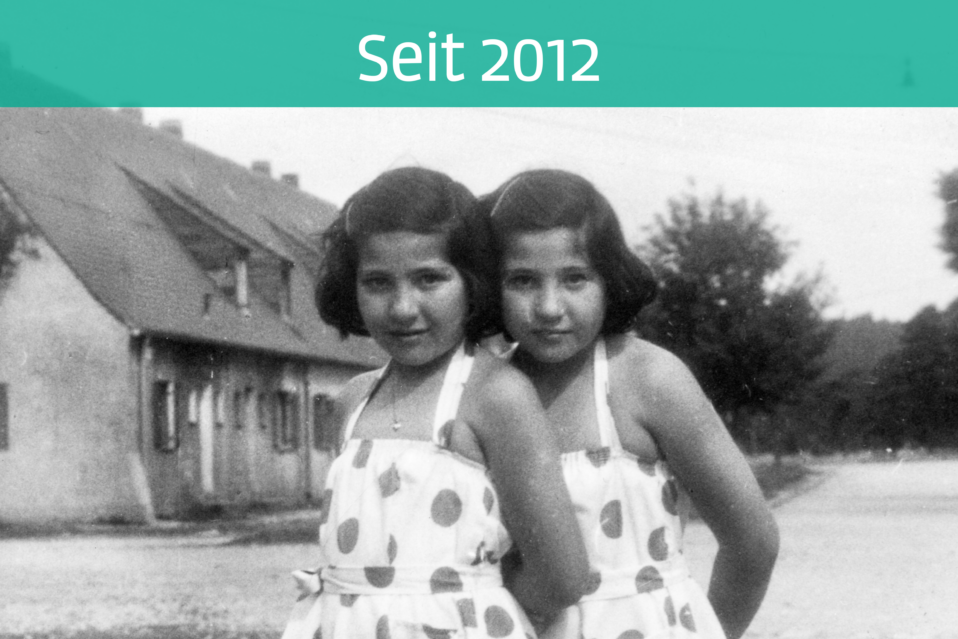After the Second World War, one of the largest and longest-running camps for Jewish Displaced Persons (DPs) in Germany was established in the Wolfratshausen Forest. Jews from Eastern Europe who had become homeless waited here for their departure to Palestine/Israel or hoped to start a new life in another country. They referred to themselves as “She’erit Hapletah”, which means “the surviving remnant”.
A large number of children and young people come to Föhrenwald without parents. They find sanctuary in the specially built orphanage – many children however are also born in Föhrenwald. The DP camps have the highest recorded birth rate of all Jewish communities worldwide. For the survivors of the Shoah, children mean hope and a future in a very special sense..

But the past still casts long shadows. Some DPs were previously in concentration camps, many suffer the consequences of flight, expulsion and persecution. All of them have to cope with the loss of loved ones.
The children know little of these fates. They are to grow up as free of fear and as carefree as possible. Everyday life is organized according to the rhythm of the Jewish holidays. Comprehensive knowledge is taught in the schools and religious education is not neglected either. In addition to the synagogues, there are religious teaching centers for boys and girls. Only later, after leaving the camp, do many children and young people realize that they have inherited Yiddish as their mother tongue – a legacy from their Eastern European homeland.
The exhibition shows largely unknown photographs from private collections and international archives, giving a touching insight into the history of a long forgotten Jewish post-war childhood in Upper Bavaria.
Touring exhibition
Since 2012, the exhibition can be booked as a touring exhibition with us.

